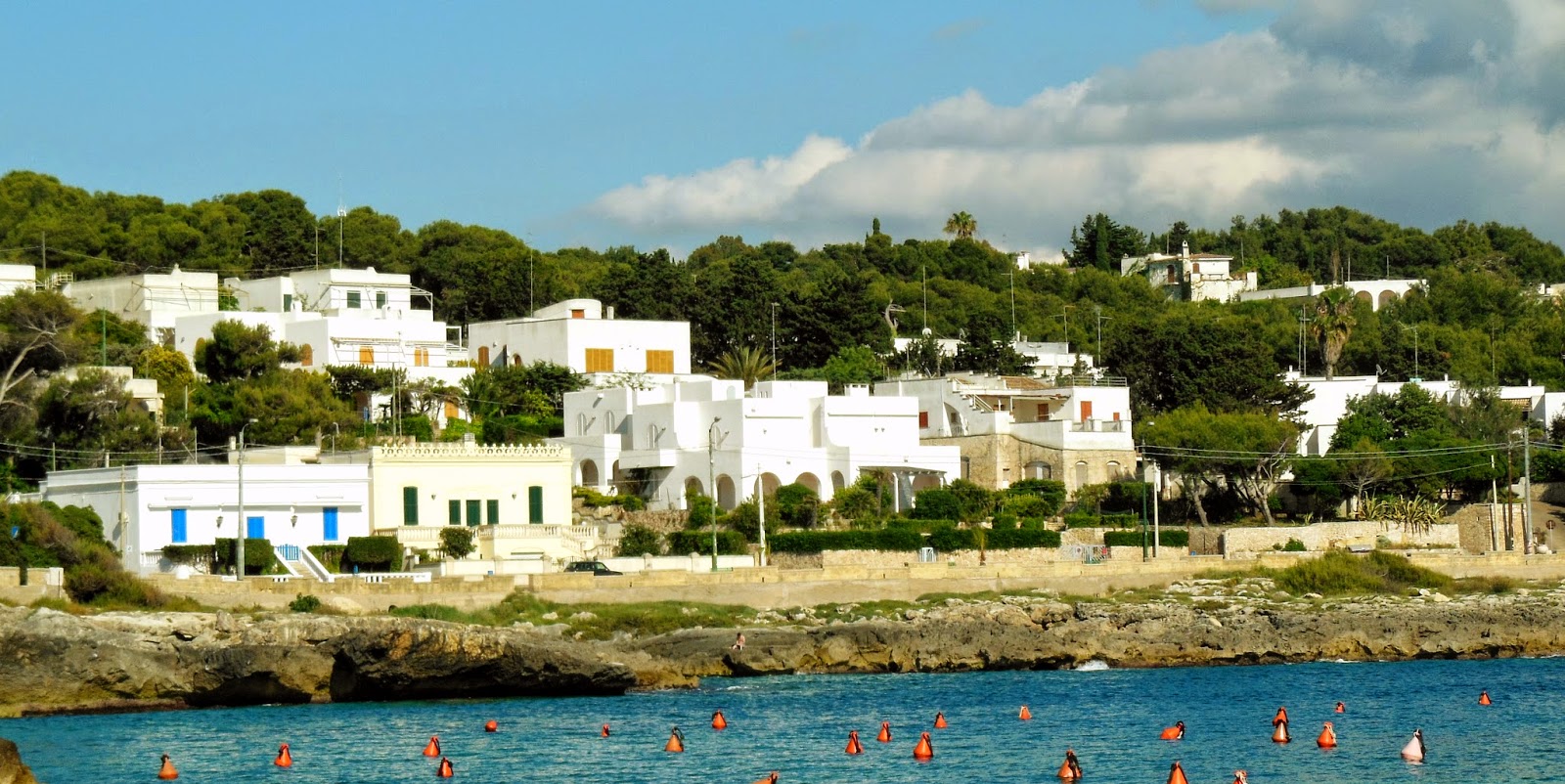This blog post is about cameos, the kind women wear as earrings, rings, on a chain, or as a brooch. The ancient Romans invented the cameo, carving them out of glass…often images of powerful political figures.
It was during the Renaissance that cameos began to look like this…carved from sea shells.
The best cameo carvers in the world…hands down…were once in Trapani, a small city on the western tip of Sicily. They’re not there any more, which is what makes this a good story.
When Napoleon’s army conquered Sicily, the emperor was smitten with the cameos he saw in Trapani. He kidnapped most of the cameo carvers and had them shipped back to France to teach his countrymen the craft. Those who escaped Napoleon’s dragnet fled to Sorrento and Naples and took their trade with them.
We saw the cameos shown in this blog post at Bimonte, the oldest cameo shop in Sorrento.
Christain Bimonte, the grandson of the store's founder, explained how a cameo is made. The term “cameo,” he told us, refers to the technique of scratching away shell to produce an image. The cameo as art jewelry can vary widely in appearance.
This is the classic...an oval piece containing the profile of a woman with a straight nose in a traditional Greek/Roman pose...set in gold or silver.
But cameos are not limited to women’s profiles. Their subject matter can vary greatly.
Nor is the shape limited to the traditional oval.
The best quality cameos come from Cypraecassis Rufa shells. They have a thin layer of reddish brown on the outside, a thick layer of white in the middle, and layer of brown on the inside.
A series of skilled artisans, each with a specific task to perform, prepare the shell for the carver.
The first decides the cameo shape according to the shell's shape, using it to its best advantage.
The cutter divides the shell into smaller pieces and shaping them. Most often, the shell pieces are smoothed and rounded by grinding off the outer layer.
At last, the carver glues the piece of shell to a wooden knob and is ready to begin.
He sketches a rough outline of the image he will carve on the shell.
Nunzio Balzano is the resident carver at Bimonte. He is one of a small number of hand-carved cameo artisans left today. His job takes, “highly developed artistic ability…and many years of experience.”
Nunzio uses these tools to scratch away the unwanted portion of the shell and then works on the inside surface, which becomes the background of the design.
Nunzio worked very fast, but the shell is hard, and the process is a slow one.
The quality of a cameo is determined by the fineness of the detail, the depth of the image, and whether individual scratch-marks are visible on the finished product. Some very pretty images fail that quality test when viewed closely. We looked at several and could see the blemishes through a magnifying glass but not without it.
Today, water-jet cutters in Asian factories can mass-produce striking cameos made out of artificially-dyed agate for a fraction of the cost of hand carving. Experts can tell the difference, but the average consumer cannot.
This cameo glows with highlights from the outer shell emphasizing the delicate hand and cheeks of the woman. It could only have been made by hand.
Which would you rather have? A factory-made knock-off, or this cameo hand-carved by Giuseppe Bimonte…Christain’s grandfather...who learned his art from the grandson of a refugee of Napoleon’s sack of Trapani?
Which would you rather have? A factory-made knock-off, or this cameo hand-carved by Giuseppe Bimonte…Christain’s grandfather...who learned his art from the grandson of a refugee of Napoleon’s sack of Trapani?






















































